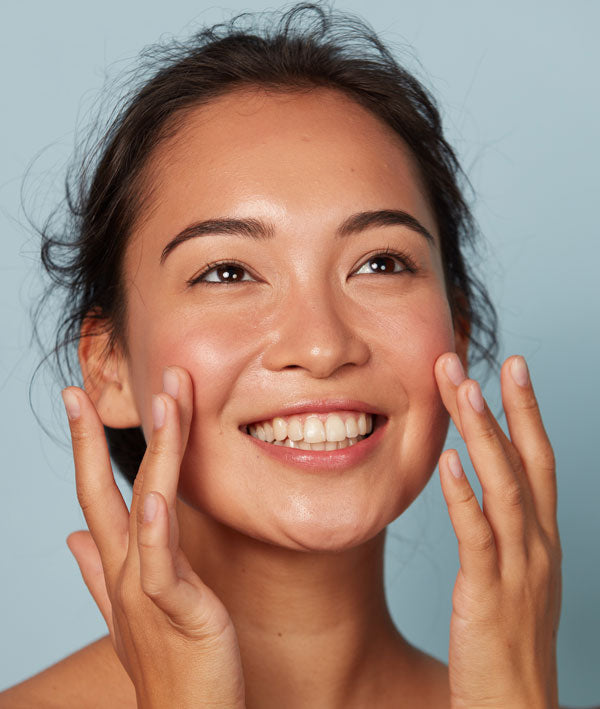With so many online articles and social media posts promoting elaborate, multi-step skincare routines, it’s difficult to determine what’sactuallyneeded – and what can be skipped. While some may love to treat their skin with a slew of products each day, many are looking to care for their skin in the simplest, most straightforward way possible.
When it comes to creating a skincare routine, there are three essential steps that you can’t miss. However, many also choose to add other steps to help target specific concerns and needs. Let’s cover the three key steps, as well as what else you can do to enhance your routine and get the skincare results you’re after.
Step 1: Cleanse
As you probably already know, cleansing is one of the most important steps in any skincare routine. A well-formulated cleanser will help clear away excess oil, makeup, and other debris that has collected on the skin. By doing this, a cleanser not only gets rid of impurities that can clog the pores (which is essential for acne-prone skin), but also creates a clean slate so that your other skincare products can do their best possible work.
Step 2: Tone
Toning is often overlooked, but it’s an essential step for balancing your skin after cleansing and preparing it for the next step(s) in your routine. A toner can also help remove any impurities from the skin that your cleanser may have missed.
When you think of a toner, harsh, alcohol-based astringents may come to mind. These types of toners were often made for acne-prone and oily skin types, and worked to clear away excess oil and pore-clogging debris – often while irritating and drying out the skin in the process.
Thankfully, today’s modern formulas are far gentler and much kinder to the skin. There are toners made for different skin types and concerns, but in general, a toner will contain ingredients that may help calm, nourish, and lightly hydrate the skin. There are also many formulas made with anti-aging ingredients, as well as ingredients that help brighten the complexion.
Step 3: Moisturize
The final key step in your routine is to moisturize. A moisturizer replenishes moisture levels in the skin to keep it balanced, soft, and healthy. It also seals in other skincare products, and improves barrier function so that it is best able to defend itself against environmental aggressors.
For the best results, you’ll want to use a moisturizer that is made for your skin types. For example, dry skin tends to get the best results from thicker cream-based formulas, while those with oily skin should reach for gel or lightweight cream moisturizers that support skin health without feeling heavy or greasy on the face.
When to Add Serums to Your Routine
While these are the basic steps needed to maintain skin health and comfort, if you’re looking to enhance your complexion and target specific concerns, you’re going to want to add serums to your routine.
Serums contain high concentrations of active ingredients that address issues, such as dullness, dehydration, dark spots, and signs of aging. For example, a hyaluronic acid serum works to douse the skin with hydration for a supple and soft complexion, while a vitamin C serum can help brighten and provide anti-aging benefits as it protects against free radicals.
If you want to add a serum to your routine, you can use it after cleansing and toning, but before applying your moisturizer. When using multiple serums at once, you can follow the thinnest to thickest rule: apply lighter consistency formulas first, and then apply thicker serums. Give at least a minute between applying each serum to allow the formula to absorb into the skin.






